Click to read the article in Turkish
The color of the sea turned orange in some places off the coast of the Karşıyaka district in Turkey's western province of İzmir.
Citizens fishing on the shoreline said the sea has been orange since a few days ago when temperatures rose. Some of them complained that their fishing lines were covered with a sticky and black substance.
While some experts say the color change might have occurred due to an increase in the amount of the plankton and it is not necessarily a negative thing, Levent Artüz, a hydrologist who leads the Project for Monitoring the Changing Oceanographic Conditions of the Sea of Marmara (MAREM), said pollution is the reason behind such color changes.
"Nature is ringing the alarm bells"
Some scientific circles and official institutions overlook the scale of pollution, Artüz said, adding, "Nature is ringing the alarm bells with crimson water during the day and the luminescent glow at night.
"The reproduction of the Beroe ovata in this season is a typical development of pollution. Beroe ovata is abundant in surface water in late winter and spring in Turkey's waters.
"It provides movement in the water by using its tentacles extending from the transparent body, which is about one centimeter in length and in the form of an egg.
"Eight rows of ciliary protrusions on the body move continuously and ensure water circulation around the creature. Beroe ovata is adapted to the marine pelagic environment with its translucent body that is 50-100mm in length and whitish to pink in color.
"There are comb-shaped extensions (fibrils) aligned longitudinally on the body. The branched inner channel can be seen in the body that has a jelly-like structure."
Bioluminescence
"Another attribute of the Beroes is that they have bioluminescence ability. The light caused by Beroe is quite strong and dark blue or greenish-blue in color. Beroes that stay in daylight cannot luminesce, but they can regain their luminosity if they are left in the dark for 15-30 minutes."
Artüz further said that the color of the sea may turn into black or very dark brown, that the colors that will emerge as a result of an algal outbreak are the result of human intervention, and pollution and overfishing are among the factors. (YÖ/AÖ/VK)





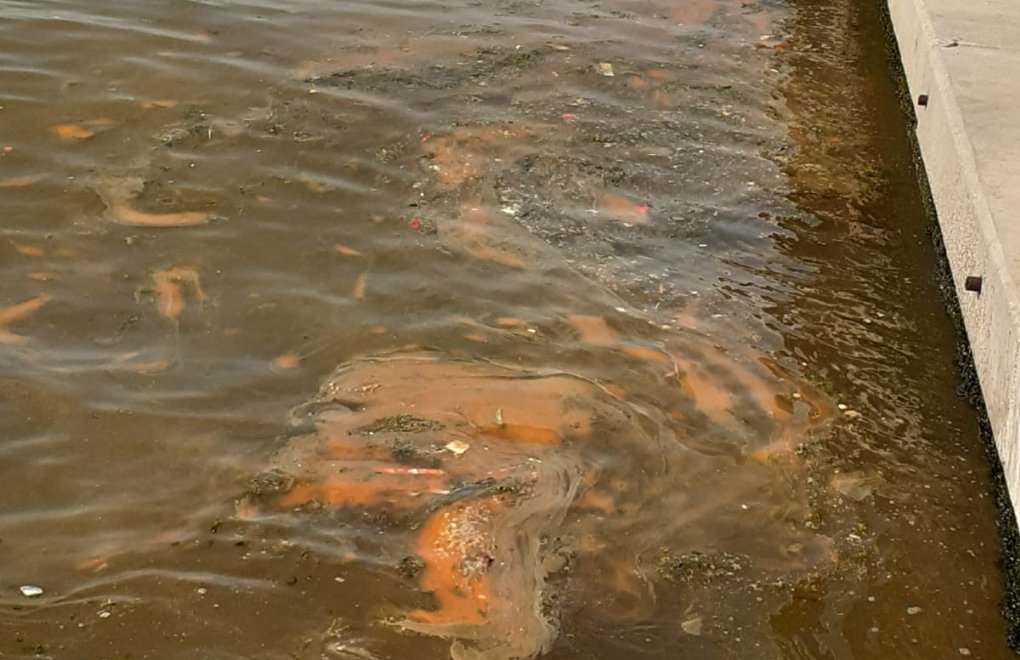
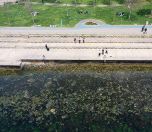
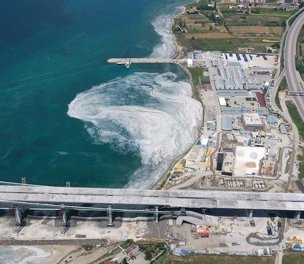
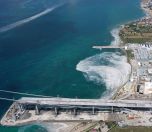
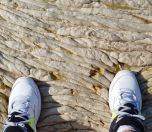



.jpg)
